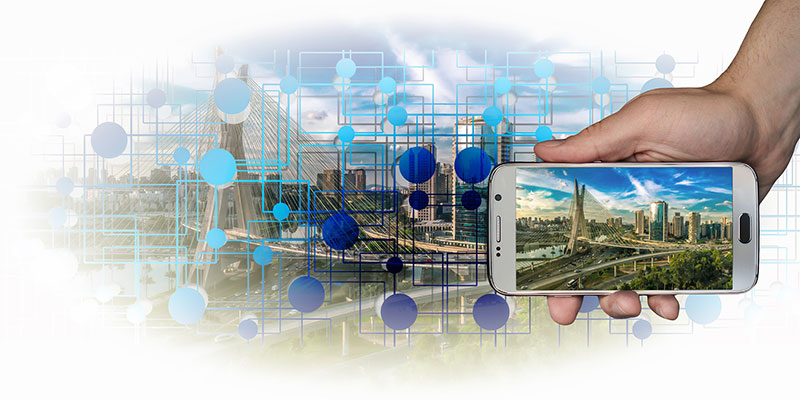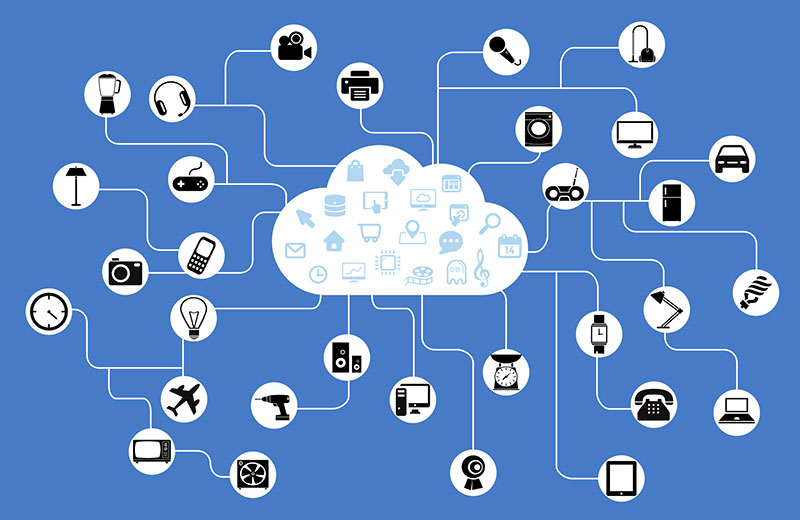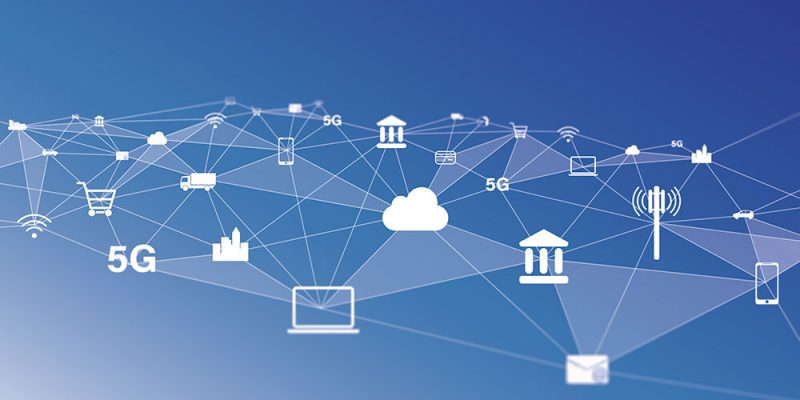IoT is all about converging technologies in order to create smart environments and integrated ecosystems, by getting the converged technologies to exchange data or information among themselves.
There is a digital global agenda for the entire world, and IoT is at the heart of this agenda, playing the role of an enabler for this agenda. IoT is gaining momentum in terms of:
- The growth of its awareness among communities globally
- Its degree of adaption
- Its technological growth and maturity
Internet-of-Things does not necessarily imply that IoT components must be connected to the World Wide Web (WWW) or the Internet. Rather, it implies that a group of specific, related components are interconnected, and there is an interface via which such groups can be connected to other groups or to individual “smart” components in a seemingly endless “plug-and-play” manner, which allows for seamless data interchange.
The interconnected components can then, also, be connected to the Internet.
This implies that there is an almost infinite permutation of viable connections between one “smart thing” and another “smart thing”, or between one “smart thing” and another set of “smart things”, to the extent of ultimately interconnecting almost all “smart things” globally.

In a simplified manner, IoT is all about enabling virtually any device to connect to virtually any other device, and then get the interconnected “things” to exchange data.
Electronic devices can easily connect to each other since an electronic device can incorporate a piece of software, which adds intelligence to it. Non-electronic devices (basically in reference to electro-mechanical devices) can be made intelligent via mechatronics. From a simplified perspective, mechatronics adds the “electronic” components to electro-mechanical devices or equipment, thereby making such electro-mechanical equipment intelligent.

Any electro-mechanical device from a water pump to a standard refrigerator or car engine can be made intelligent by incorporating electronic circuitry and a piece of software to it. Once the software is added to a device or piece of equipment, the device or equipment can be made to do particular things intelligently using software logic. Such a device is now said to be “smart“. This is how the previous (analogue) generation of television sets (TVs) evolved to give us the “smart” TVs that we use today, which can connect directly to the Internet.
The next thing required for smart devices and equipment is to provide them with a way of sharing data or information about themselves with other smart devices, and/or a way of acquiring information or data from other smart devices. For smart devices to share data about themselves with other smart devices, such devices must be networked. The network medium could be any of the wireless network media or a wired network. Such networked or interconnected devices create a network or Internet of things. The number and type of distinct devices in a specific set of Internet-of-things varies depending on the purpose of the IoT.


